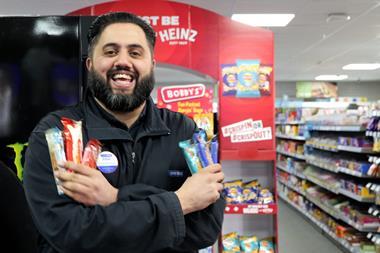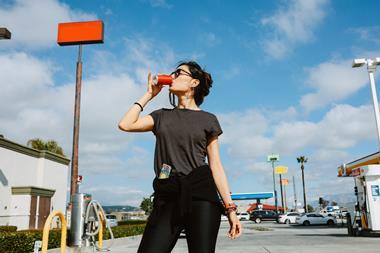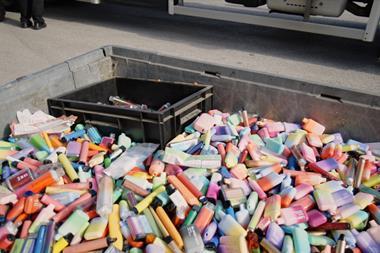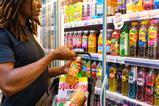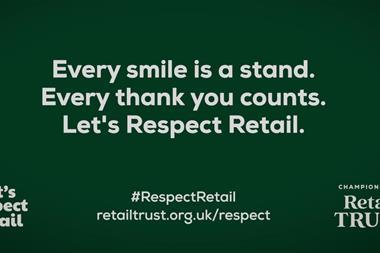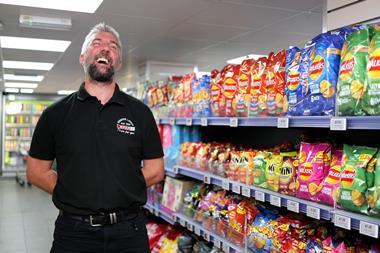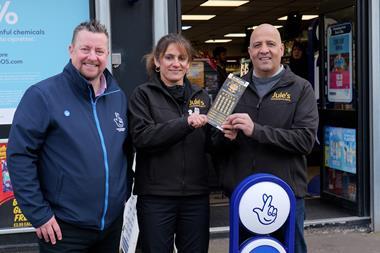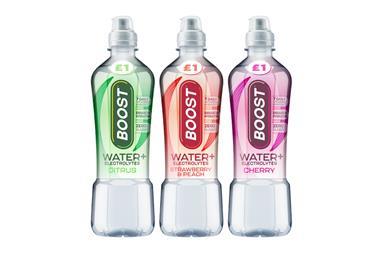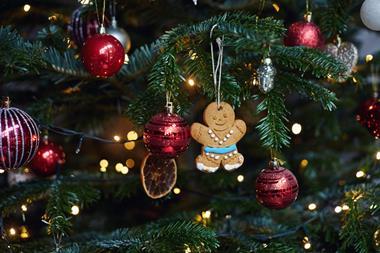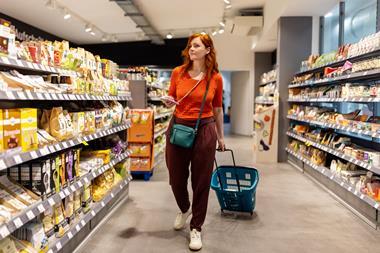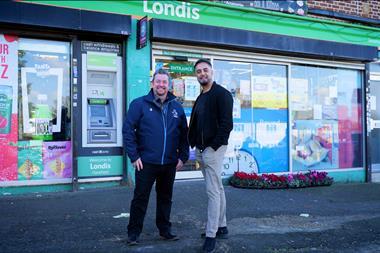Energy drinks present a strong trade-up opportunity for the category with approximately two times higher average price per litre than the soft drinks average1.This means that stocking a range of energy drinks that cater to shoppers’ varying energy needs is key.
In fact, nine out of 10 shoppers say taste is the most important consideration when buying a soft drink2, so flavours are important for piquing shoppers’ interest and generating excitement within the category.
As well as a variety of great-tasting flavours, Rockstar offers the functional benefits needed for consumers to keep their energy levels up.
Merchandise it with other stimulant brands within the energy drinks category, blocked by variant within the leading brands on offer. For example, if there is room for three lines from Rockstar, then we recommend retailers lead with the core range of Original and flavours such as any of the following:
- XDurance Blueberry, Pomegranate & Acai
- Punched Tropical Guava
- Rockstar Original
- Juiced Tropical Punch
- Rockstar Original No Sugar
These represent the must-stocks for retailers and are all available in the popular big can format (500ml).
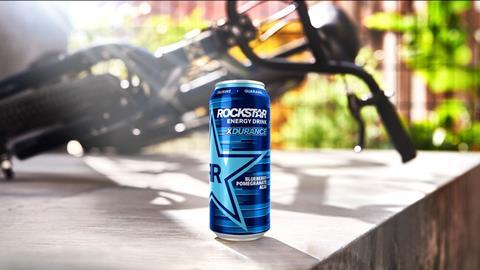
Top tips for merchandising
- Easy to navigate. Help shoppers to find their way quickly and easily to where soft drinks are located using clear signage. Keep the fixtures easy to shop so customers can find products they’re looking for when at the fixture. To do this, lead with stimulants as first in flow due to size of the category and the future growth potential. Merchandise all stimulants together and lead with major brands such as Red Bull and Monster, supported with brands such as Rockstar to appeal to more consumers. List a mix of core ranges and flavours to deliver incremental sales by bringing in new shoppers, as 17%[3] of energy drink shoppers seeking new flavours.
- Hot on Hot Spot. Soft drinks are a high impulse driven category with up to 46% of soft drinks shoppers buying on impulse[4]. It is therefore key to disrupt shoppers’ behaviours to drive incremental purchases. Dual site stimulant promotions in high footfall secondary locations ensure they are visible to as many customers as possible. 51%[5] of convenience store shoppers claim to buy a product because they have seen it highlighted on gondola end.
- Connect complimentary categories. Offer cross-category solutions that nudge customer to buy stimulants on more occasions. Where appropriate, link with other categories such as crisps, snacks and nuts, and offer these promotions at key times of the day. Clearly communicate a lunchtime meal deal including a range of stimulants and other soft drinks together with snacks and sandwiches.
- Make moment memorable. Building excitement among shoppers can drive impulse purchases and basket spend. Use key times of the year e.g. Christmas and scale stimulant brand campaigns to create excitement and give customers everyday treats in store. Ensure stimulants are sited at secondary sites around the store during these key periods driving standout with branded point of sales.
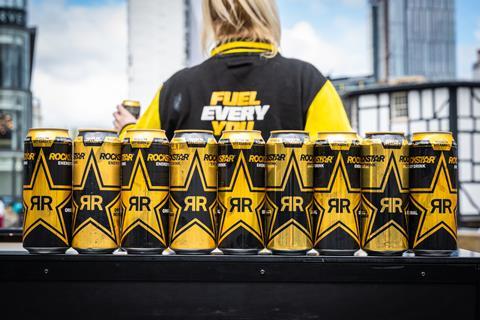
Final top tips and takeaways for maximising success in-store
- Ensure the right range. i) Top selling brand ii) Mix of core and new flavours.
- Ensure shop and category is easy to navigate through optimal merchandising and point of sales.
- Drive impulse purchases through secondary display sites and promotions with complimentary categories during different times of the day.
- Excite shoppers through events and promotions in store.
Visit Rockstar for more details: https://www.rockstarenergy.com/
[1] IRI – Total Convenience – Total Stimulants vs Total Soft Drinks – Price per Litre – 52WE 20/02/22
[2] Independent research commissioned by Britvic, Shopper attitudes to on-the-go shopping, 2,000 shoppers surveyed, July 2021
[3] Mintel Sports and Energy Drinks UK 2021
[4] Lumina Intelligence – Catgeory Factsheets CTP - % of shoppers who bought Take Home Soft Drinks on Impulse – 16/11/21 to 17/10/21
[5] IGD ShopperVista Influencing shoppers in-store and online – channels compared July 2021
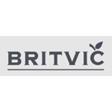
Britvic is an international soft drinks business rich in history and heritage. Founded in England in the 1930s, it has grown into a global organisation with 39 much-loved brands sold in over 100 countries.
View full Profile



















